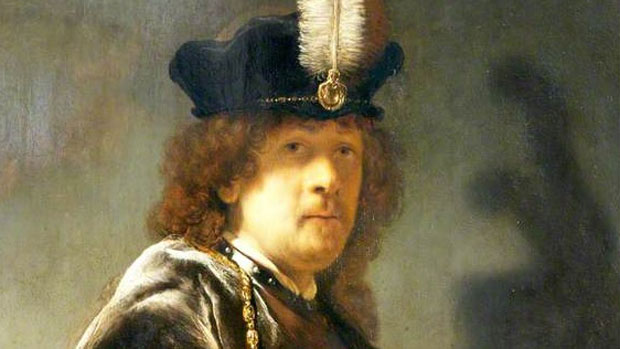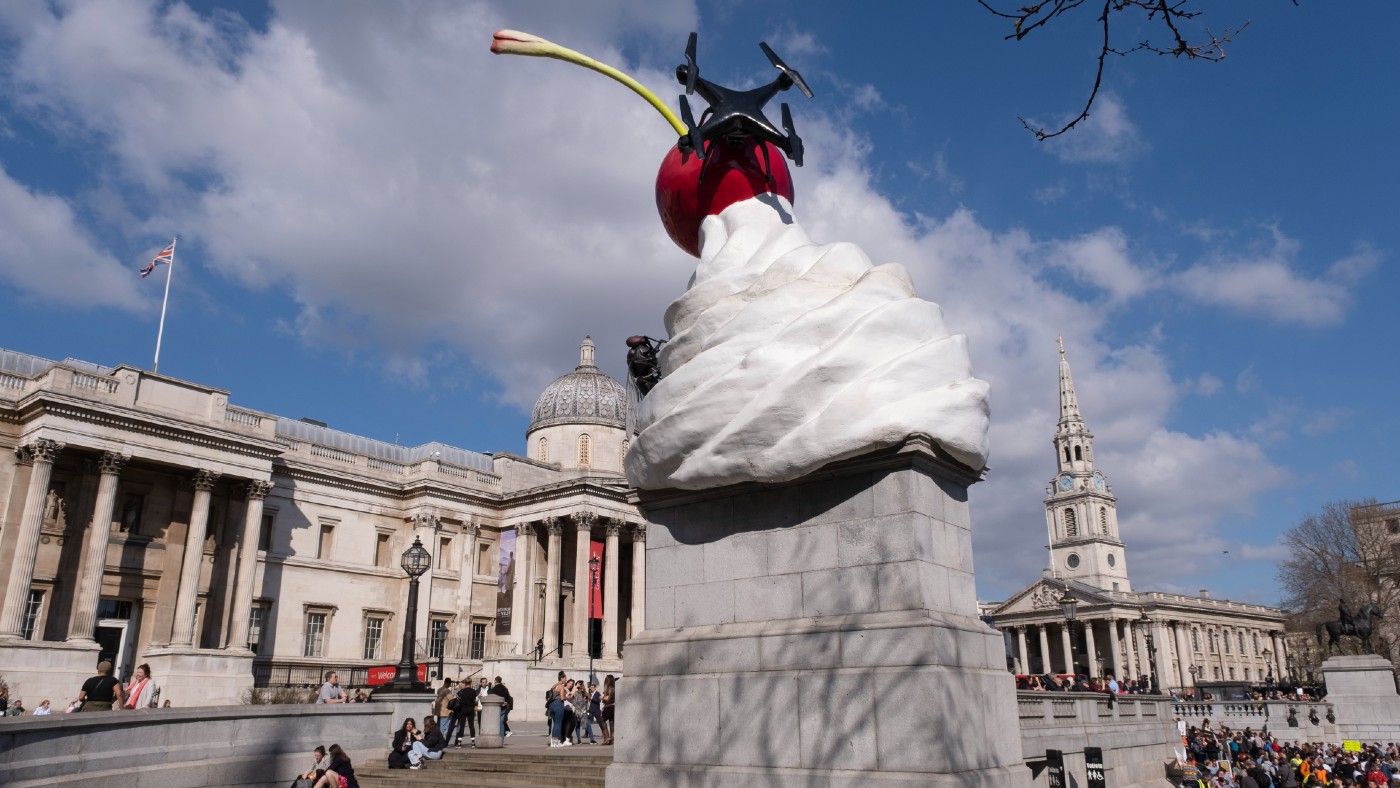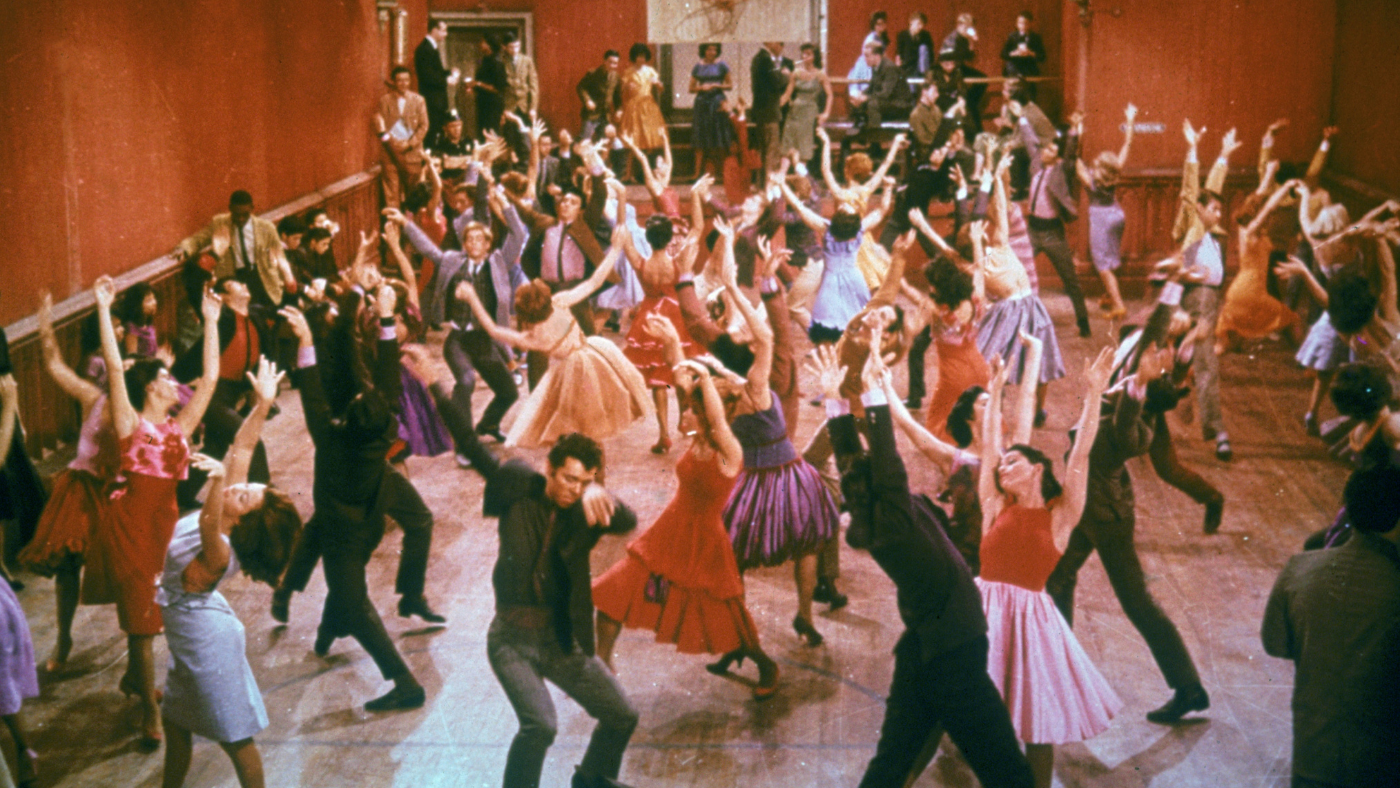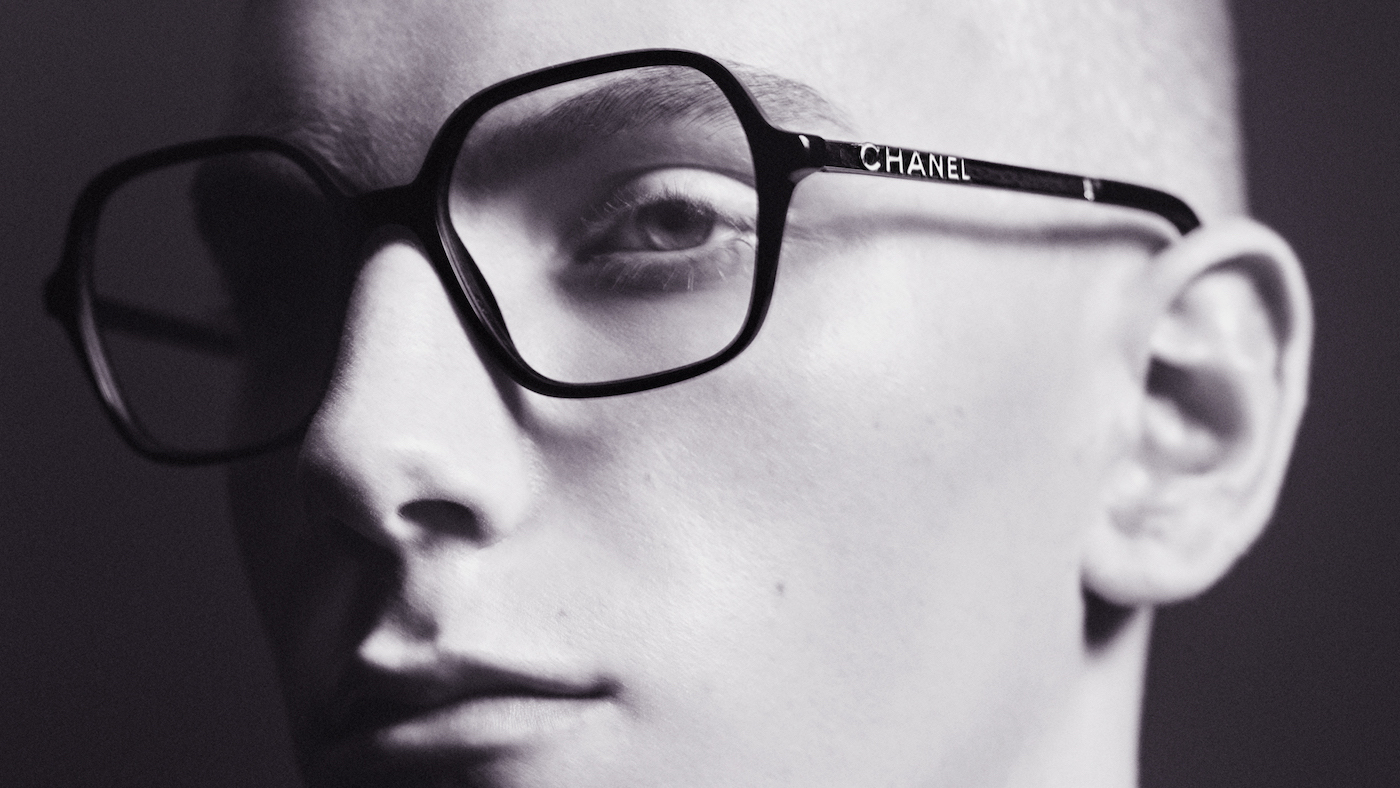Rembrandt self-portrait finally confirmed as genuine
Experts agree that painting is the work of the Old Master after 50 years of controversy

One of the art world's longest-running arguments has finally been settled with confirmation that a Rembrandt self-portrait was indeed painted by the Old Master.
For nearly 50 years there has been doubt over the 1635 painting, which depicts a young Rembrandt wearing a black cloak and a feathered bonnet. At the time he was a 29-year-old artist living in Amsterdam, gradually acquiring the reputation that would later see him hailed as one of the greatest painters in history.
Though the portrait bears Rembrandt's signature, the Daily Telegraph reports that in 1968 Rembrandt specialist Horst Gerson argued that "areas of the painting were not accomplished enough to be the work of the Dutch painter".
The Week
Escape your echo chamber. Get the facts behind the news, plus analysis from multiple perspectives.

Sign up for The Week's Free Newsletters
From our morning news briefing to a weekly Good News Newsletter, get the best of The Week delivered directly to your inbox.
From our morning news briefing to a weekly Good News Newsletter, get the best of The Week delivered directly to your inbox.
Despite the accusations that the work was not genuine, and more likely to be by of one of Rembrant's pupils, the National Trust acquired the painting in 2010 when it was bequeathed them by the estate of Lady Samuel of Wych Cross.
The NT decided to subject the painting to scientific analysis, a £20,000 project funded by the National Lottery, in the hope it would be authenticated as an original Rembrandt. Now, reports the Telegraph, after months of analysis at the Hamilton Kerr Institute in Cambridgeshire, which included "visual examination under magnification, infra-red reflectography, X-rays, raking light photography and pigment and medium analysis", the painting has been verified a self-portrait. It will now form part of the Rembrandt Revealed exhibition, at Buckland Abbey in Devon later this month.
Painting conservator Christine Slottvedd Kimbriel explained that analysts removed layers of aged and yellowed varnish to examine the painting's pigments. This revealed that colours such as blue mineral azurite and blue cobalt were consistent with those used by Rembrandt. But it was the signature that provided the biggest clue.
"The signature and date of 1635... had been considered problematic in previous assessments as it was thought that the style and composition was much more akin to the artist's style slightly later in his career," said Kimbriel. "[But] the cross-section analysis left no reason to doubt that the inscription was added at the time of execution of the painting."
A free daily email with the biggest news stories of the day – and the best features from TheWeek.com
Prof Van de Wetering, the world's leading Rembrandt expert, declared himself "satisfied" that is authentic.
-
 7 bars with comforting cocktails and great hospitality
7 bars with comforting cocktails and great hospitalitythe week recommends Winter is a fine time for going out and drinking up
-
 7 recipes that meet you wherever you are during winter
7 recipes that meet you wherever you are during winterthe week recommends Low-key January and decadent holiday eating are all accounted for
-
 Nine best TV shows of the year
Nine best TV shows of the yearThe Week Recommends From Adolescence to Amandaland
-
 Sport on TV guide: Christmas 2022 and New Year listings
Sport on TV guide: Christmas 2022 and New Year listingsSpeed Read Enjoy a feast of sporting action with football, darts, rugby union, racing, NFL and NBA
-
 House of the Dragon: what to expect from the Game of Thrones prequel
House of the Dragon: what to expect from the Game of Thrones prequelSpeed Read Ten-part series, set 200 years before GoT, will show the incestuous decline of Targaryen
-
 One in 20 young Americans identify as trans or non-binary
One in 20 young Americans identify as trans or non-binarySpeed Read New research suggests that 44% of US adults know someone who is transgender
-
 The Turner Prize 2022: a ‘vintage’ shortlist?
The Turner Prize 2022: a ‘vintage’ shortlist?Speed Read All four artists look towards ‘growth, revival and reinvention’ in their work
-
 What’s on TV this Christmas? The best holiday television
What’s on TV this Christmas? The best holiday televisionSpeed Read From films and documentaries to musicals for all the family
-
 Coco vision: up close to Chanel opticals
Coco vision: up close to Chanel opticalsSpeed Read Parisian luxury house adds opticals to digital offering
-
 Abba returns: how the Swedish supergroup and their ‘Abba-tars’ are taking a chance on a reunion
Abba returns: how the Swedish supergroup and their ‘Abba-tars’ are taking a chance on a reunionSpeed Read From next May, digital avatars of the foursome will be performing concerts in east London
-
 ‘Turning down her smut setting’: how Nigella Lawson is cleaning up her recipes
‘Turning down her smut setting’: how Nigella Lawson is cleaning up her recipesSpeed Read Last week, the TV cook announced she was axing the word ‘slut’ from her recipe for Slut Red Raspberries in Chardonnay Jelly